Week 2: Visual Assembly
- vickisun4
- Jul 7, 2022
- 3 min read
Updated: Jul 12, 2022
May 9 to May 13, 2022
Partners: Anya, Bipasha, Dany, Farah, Faiza, May, Sofia, Ziyuan, This Ain't Rock n Roll
Brief: Design and facilitate a Visual Assembly on the topic of The Curriculum of Care
How is Care Expressed?
For our next steps, we started with a wide view of how care is expressed in a political sense. We wanted to move beyond a vision of care as hugs and kindness to more systemic ways of caring for others. We looked at the welfare state, tuition-free university, and mutual aid groups.
For example, re: architecture, we looked at the way Nordic prisons are constructed and their program of rehabilitation rather than punishment.
We also looked at public libraries in the US and how they are often the last remaining public spaces where people can spend time there without having to purchase something. They also serve as shelters for the homeless during extreme weather events.
We took inspiration from mutual aid groups such as In Our Hearts New York, which operates free community fridges and a coffee shop in Liverpool called Food from Nowhere, which is a nonprofit run by volunteers.
Example of community fridge and a picture of Food from Nowhere (c. https://www.creativetourist.com/venue/food-from-nowhere/)
Defining Our Values
We first listed out several values that were important to us and gradually narrowed them to four key values. The list of values was:
Community
Mutual Aid
Respect
Giving
Trust
No Power/Knowledge Hierarchy
Empathy
Accessible
Equality
Tolerance (?)
Fun / Silliness
Creativity
Curiosity
Appreciation
After a roundtable group discussion and voting, we narrowed it down to
Mutual Aid
No Power Hierarchy
Trust
Curiosity
"Care is not about being kind or charitable; rather, care is about being fair, inclusive, and in solidarity with the most vulnerable." - Carla Shalaby
System of Care in UAL
We then considered the different systems surrounding the student within UAL. There are many ways in which care can be expressed within the university, such as with the cleaning staff and maintenance workers.

We wanted to get student feedback on the following questions:
How does UAL care for you?
How do you care for UAL?
From these two questions, we came up with questions on posters with the following prompt:
How do we describe care through different senses?, i.e. smell, taste, sound, touch
Posters of Our Questions on Care

Students Filling Out the Posters
Results
We found that there was a mixture of both the political understanding of care as well as the more interpersonal ones. Several students drew pictures of hearts, hugs, or pets.
Submissions from Students
Other students submitted visions of care that operated at an institutional or political level.

Some common threads about UAL were:
Better support for learning disabilities
Accessible funding options
Moral support (pets)
More flexible deadlines
AEIOU at Central Saint Martins
A smaller group of us also conducted a care-focused AEIOU at Central Saint Martins.

Feedback Board at the CSM Library
We noticed a feedback board in the CSM Library in which students could have a direct channel of communication to library staff. They could make specific requests such as more water stations or 24 opening times, and the staff would respond to each point with a solution or explanation. We thought this was an effective way to open channels of communication between students and staff.
There was also an exhibition on "Decolonising the Arts Curriculum," which presented ways to rethink the curriculum and invite student participation.

Who is Overlooked in the University?
We also watched a short video on the underpaid workers and staff at UAL whose jobs are often quite precarious. What could be some of the material ways in which UAL could provide care to its staff?
campaigns with political demands around various UAL campuses
We were also inspired by the work of Mierle Laderman Ukeles, whose performance art piece "Maintenance Art" shined a light on those who are normally invisible in society.

We thought about creating a list of demands to send to UAL as our final "deliverable." These demands would consist of worker rights and increased wages for the maintenance staff.
Deconstructing the Curriculum
We also looked at Black Mountain College, Outward Bound, Joseph Beuys, and other examples of schools with nontraditional curricula.
Next Steps
With our initial student input, we could start planning more focused workshops for the following week. These would be centered around the following question:
How can the education model shift to a care/freedom based model within the context of a capitalistic society?
Key Takeaway
With this input from students, we saw that we had to very carefully design the questions about care if we wanted them to think about care in a political sense rather than in the context of interpersonal relations.
References:
Black Mountain College
Outward Bound, Kurt Hahn
Joseph Beuys
The Other MA
Decolonising the Arts Curriculum
Back In-House: full film
In Our Hearts NYC
Food from Nowhere
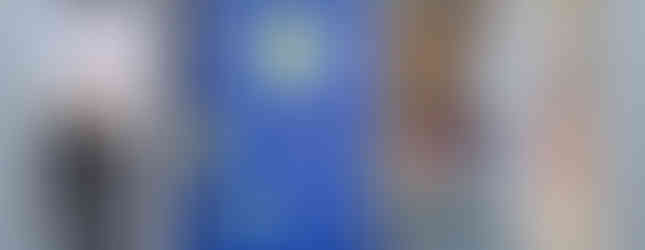







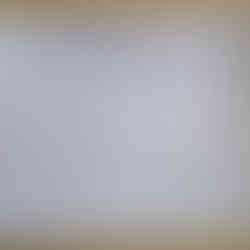










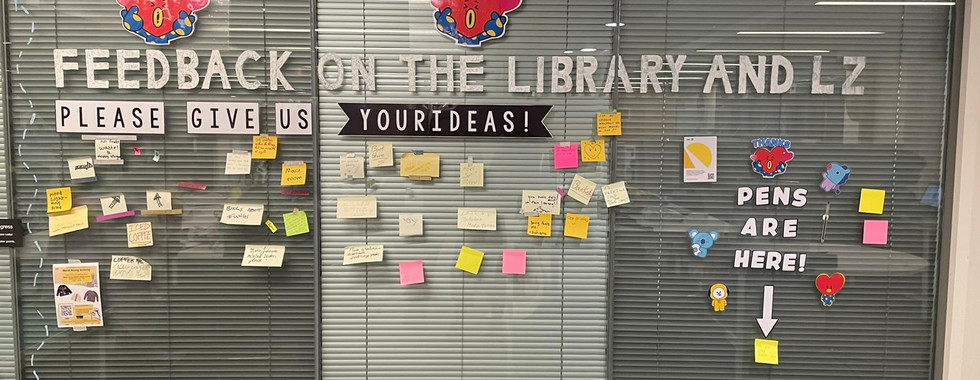


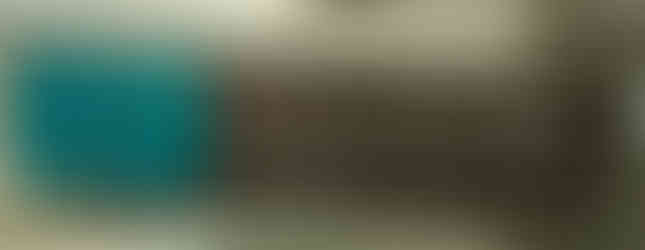







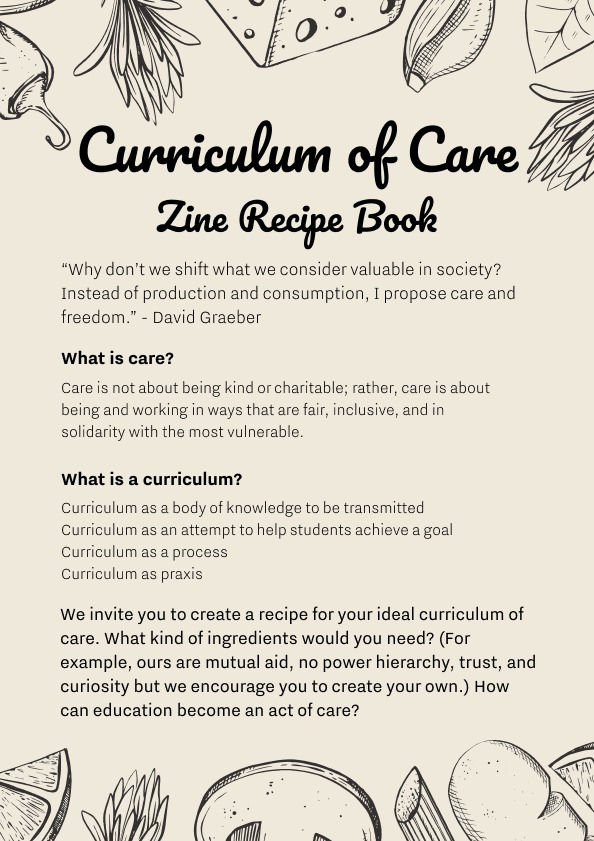
Comments